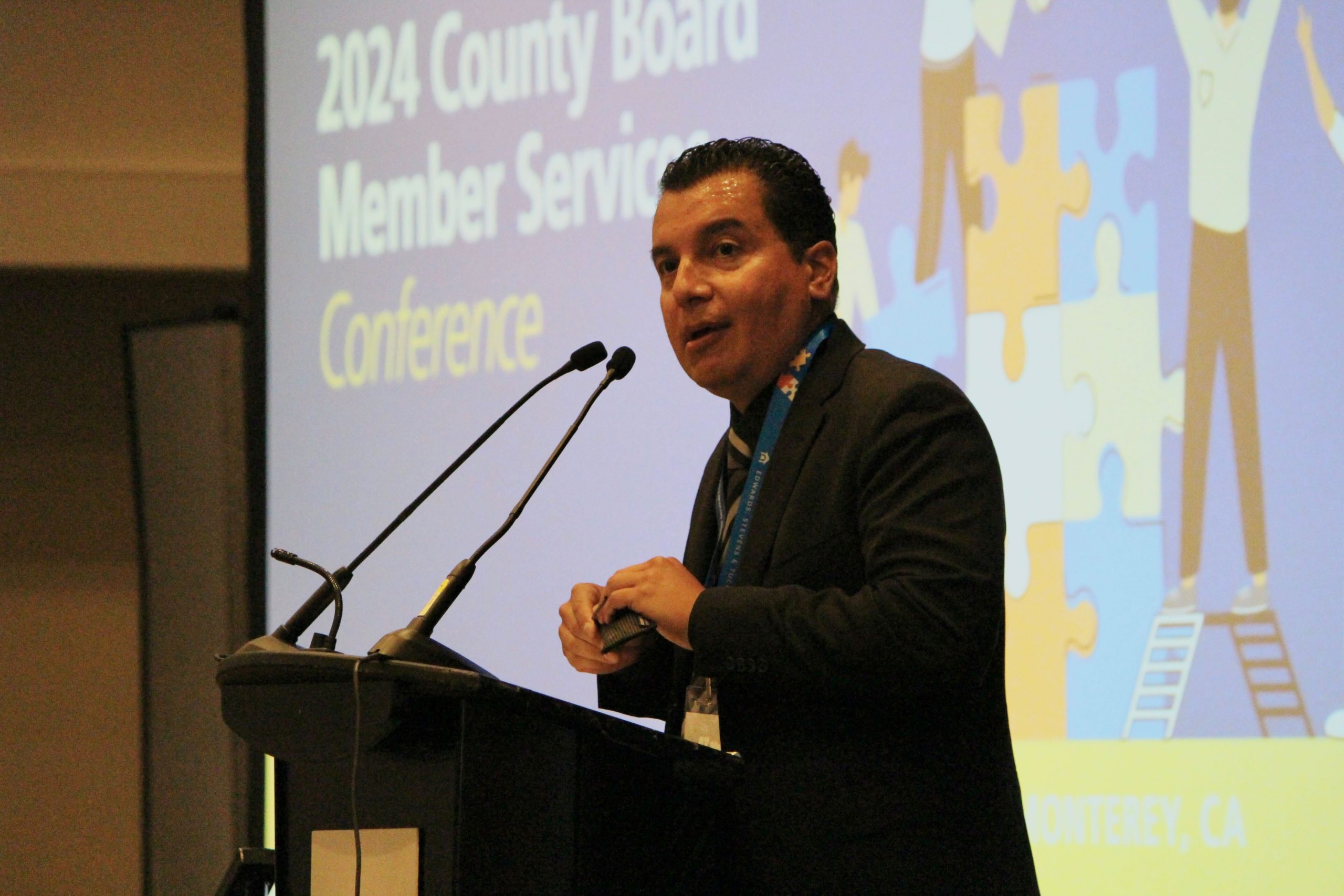A recording of the May 1 webinar and the presentation slides are now viewable at www.csba.org/coronavirus.
Meeting and noticing
Brown Act requirements around noticing and providing the agenda for meetings largely remain in place. Regular meeting agendas must be posted in a publicly accessible place and on the local educational agency’s website at least 72 hours before the meeting; special meeting agendas must be publicly posted at least 24 hours before the meeting and only items on the agenda may be considered at the meeting; and emergency meetings must be noticed at least one hour prior to the meeting.
Gov. Gavin Newsom’s executive orders allows governing board members to receive updates as a board from federal, state and local officials relevant to the impact of COVID-19, the government’s response to COVID-19 and other aspects relevant to the declared emergency without it being a meeting, said CSBA Associate General Counsel Mike Ambrose. Board members can ask questions of the officials that provide updates and help them stay informed on the pandemic and the government’s response. “Members cannot discuss amongst themselves or take action on any item of business that is within the subject-matter jurisdiction of the board without creating a meeting that then needs to be noticed under the Brown Act,” said Ambrose.
William Tunick of Dannis Woliver Kelley cautioned against thinking that any discussion related to COVID-19 could be in closed session. “That being said, if it still fits under litigation, personnel, labor management, or is about a specific student that has a connection to COVID-19, it may be something you can take into closed session,” he said. “You want to be talking to your legal counsel to make sure it’s appropriate to go into closed session.”
How to conduct a virtual meeting of the board
Waivers provided by Gov. Newsom’s executive orders allow board members to meet via telephone or livestream from separate locations. The board does not need to make space available for the public to appear, board members do not need to publicly disclose their location, and boards do not need a quorum of members to participate from locations within the boundaries of the district.
The public must be able to observe and address the meeting by telephone or other electronic means. The agenda and notice must therefore include the platform or phone number that the public may use to observe/listen to the meeting and offer public comment (see next section).
Tunick emphasized the importance of having a plan in place if one or more board members experiences technical difficulties and gets cut out of the meeting, or if the meeting platform goes down. Panelists agreed in the case that the viewing platform is not streaming, the meeting should be paused to ensure transparency.
An additional key aspect to think about in a virtual meeting is the transition between open session and closed session. The board must receive public comment about closed session items before going into closed session. Tunick recommended that separate meeting links (or a separate phone number), or even separate livestreaming platforms, be used to ensure that the session is indeed closed once comment is received.
Accepting public comment in a virtual meeting
LEA boards have several options with respect to gathering and airing public comment in a virtual board meeting.
Mike Smith, a founding partner of Lozano Smith, said it is important to use plain language in the meeting agenda when describing how to provide public comment. Boards should let the public know how they will be taking comment — via email, voicemail or live comment during the meeting — and provide the time of the meeting, the platform it will be on and contact information. “I think our agenda notices have actually got to be more detailed and have more information in them than prior to the pandemic,” Smith said.
No matter the method, boards should keep in mind that the time constraints in place prior to the pandemic may remain in place. For example, many boards may choose to limit public comment to 3 minutes per person, and 20 minutes per topic.
Methods for accepting public comment
Email: For meetings soliciting public comment via email, Smith reviewed practical details that should be included in the meeting agenda. He said it is helpful if the email identifies the agenda item it is addressing in the subject line, and that a separate email is sent for each agenda item if a member of the public wishes to comment on more than one. Another consideration is the length of the email versus the time allotted for public comment in a meeting. Smith said that, on average, people speak 150 words per minute, so if you have a 3-minute time limit, the instructions on the agenda should say to limit emails to 450 words.
Smith along with other panelists recommended posting the agenda before the 72-hour window and noting that public comment will be accepted through a particular time on the day prior to the meeting. That will give a designated person (either on the board or staff) time to read through comments, sort them into categories and organize them in a way that will allow a designated person at the meeting to read through them.
Voicemail: A phone number and time-limit instructions may be described in the agenda for boards that would like to receive comments by voicemail. Voicemails can be played at the meeting or transcribed and read at the meeting.
Live comment via telephone: The agenda would notice that comments will be taken live during the board meeting, but public must be scheduled to comment. A member of the public would email the board contact and be assigned a space in the agenda during that topic. The person would be called during the meeting to provide their comment.
Livestreaming comments: While this is an option, panelists do not recommend it due to the danger of “Zoom-bombing” — or inappropriate disruption of a meeting by a member of the public.
Smith warned that it is important during this time to remember that the Brown Act allows for public criticism. “When you are deciding which email comments to read, if you have an excess of comments, make sure you read them in a neutral, non-discriminatory way that is not based on the content of the person’s speech,” said Smith. “You can do them in the order you received them until you run out of time, or alpha by first name or last name, and make sure that you are reading comments even if they are critical of district operations or district employees.”





